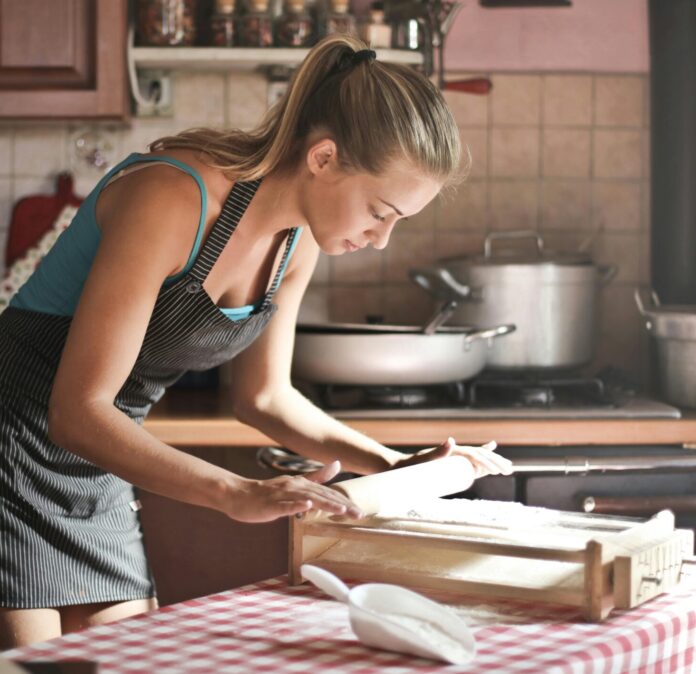Baking is tricky. In many ways, it has much more in common with science than cooking in that even the simplest recipes require absolute precision. Something as small as an extra ¼ teaspoon of salt or stirring a batter for 30 seconds too long can totally change the way a product turns out. That said, we don’t mean to fearmonger, and in our experience, creating bakery-worthy treats that turn out perfectly every time is easy once you understand a few basic principles. Read on to learn more.
Weigh Your Ingredients
While you may be able to get away with using measuring utensils for liquid ingredients or those needed in small quantities, in general, portioning ingredients by weight using a scale is the best way to ensure your recipe comes out as intended. For example, the weight of one cup of flour can vary by over 50 grams, depending on how tightly it’s packed—potentially meaning the difference between a moist, tender cake and one that’s dense and dry.
Sift Dry Ingredients
Once you’ve measured your flour, along with any other necessary dry ingredients, it’s a good idea to pass them through a sifter to aerate them and remove any lumps. Sure, it may take an extra few minutes (and add another dish to the cleanup pile), but it can significantly improve the texture of your baked goods and give them a light, velvety crumb.
Temperature Matters
The temperature of your ingredients can also make a difference in how seamlessly they come together. When butter, eggs, and certain oils are too cold, they can coagulate and cause lumps to form in the batter, potentially affecting the product’s ability to rise. To promote emulsification and improve the final texture, allow these ingredients to come to room temperature before use.






